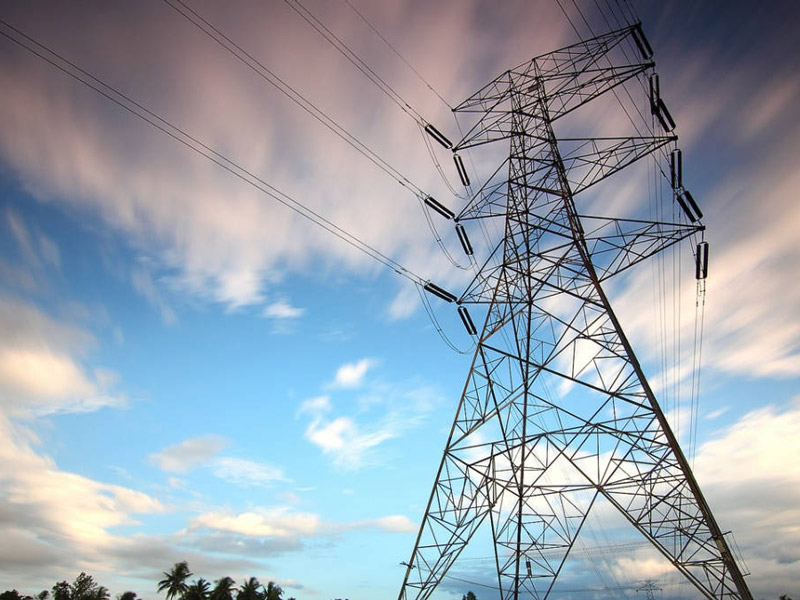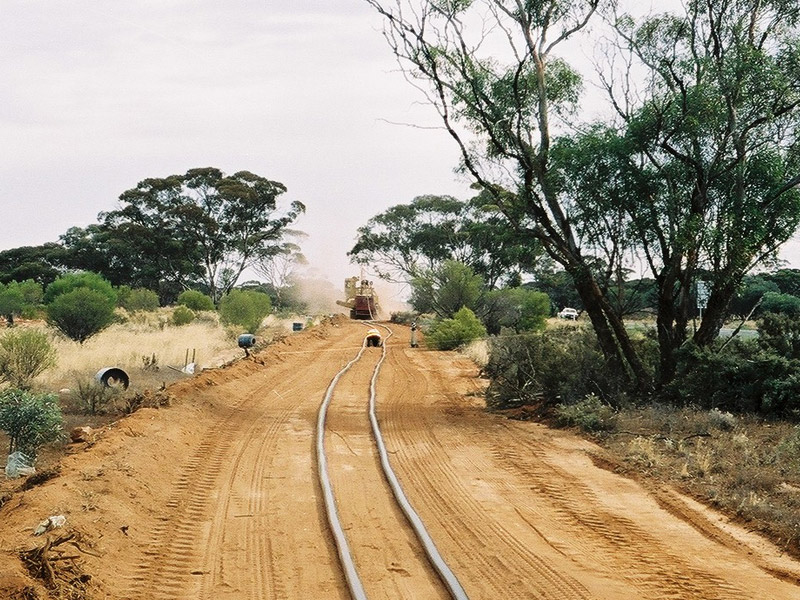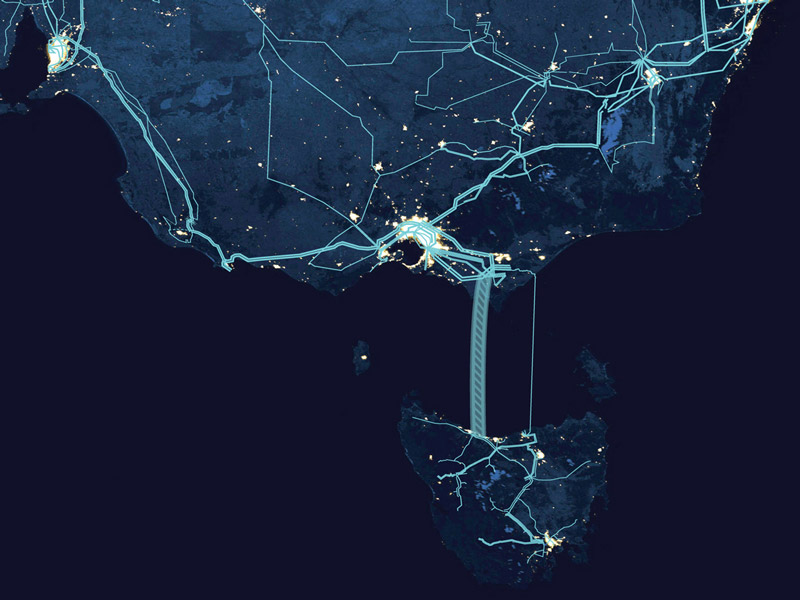HVAC vs HVDC alternate

The fundamental reason that these projects are able to efficiently and economically achieve long distances underground, is because they use Direct Current (DC), rather than alternating current (AC).
We agree with AusNet that there are challenges with undergrounding AC – but we don’t want AC, we never did, we want underground High Voltage DC.
What AusNet has not explained, is that while High Voltage AC is feasible for overhead power transmission, it is not technically feasible to put this underground for more than 35 – 70 km. In simple terms this is because the ground naturally ‘absorbs’ some of the power along the way and consequently, over a distance, less and less power remains available for the load. At some point, there will be no power left.
On the other hand, this limitation does not exist when you put High Voltage DC underground. DC is not absorbed anywhere near as much as AC, and therefore the power loss is much lower, allowing for the transfer of electricity over much longer distances very efficiently.
The case for the HVDC underground alternate
So, because you don’t need towers for underground High Voltage DC, the straight-line distance is not critical, therefore undergrounding can use existing easements and rights of way along roads and highways, etc. This therefore minimises environmental and community impact and speeds up project delivery and reduces cost.
In addition, with the evolution in technology that have occurred since Murraylink, integration of HVDC into existing networks actually provides a range of other advantages such improving the stability of the existing power networks and facilitating the integration of renewable energy.
Furthermore, undergrounding HVDC reduces the overall level of risk we face. To list just a few of the benefits, it eliminates the chance of damage and costly power outages from extreme weather events such as at Cressy Vic, in January last year when six towers blew down.
It reduces the risk of high voltage lines starting bushfires, and avoids power having to be switched off during bushfires…
…and it does not interfere with agricultural operations or impose as many restrictions upon landowners whose properties are subject to easements. It does significantly not lower property values, destroy the visual amenity of the countryside, or negatively affect economic development or tourism opportunities.

Image: NKT Murraylink, Australia
Case Study – Murraylink
The Murraylink interconnector is an Australian underground transmission project which is both technically and economically feasible. It ships power efficiently underground for 177 km between Redcliffs, Vic, and Berri in SA.

Image: Marinus Link
Case Study – Marinus Link
To provide another example, the Marinus Link is a new project being proposed by AEMO for a second transmission link from Victoria to Tasmania. This is being proposed as an undersea High Voltage DC cable.

ABOUT US
Stop Labor’s Towers is demanding better consultation and a genuine process to consider alternatives.
The Regional Victoria Power Alliance comprises landowners, residents and community group concerned about the impacts of this project on our lives, land, environment, community and future generations.